Sprunki Phase 9 Dashdoshty Ver is redefining how fans approach interactive music composition. This browser-based mod transforms the familiar Incredibox framework into something entirely its own, offering a refined audio engine and character-driven sound design that responds dynamically to player choices.
What sets this edition apart is its emphasis on sound layer interaction. Rather than simply stacking beats and melodies, Sprunki Phase 9 Dashdoshty Ver creates a living ecosystem where each character’s audio profile influences others, generating emergent harmonies and textures that shift as you experiment. The “Dashdoshty” twist brings polish to both the visual interface and the underlying audio mechanics, making every drag-and-drop action feel purposeful and rewarding.
Here’s what makes this mod stand out:
- Zero barriers to entry – runs instantly in any modern browser without downloads or installations
- Layered sound architecture – characters don’t just play sounds; they react and adapt to your mix
- Hidden discovery mechanics – secret combos and transitions reward curiosity and experimentation
- Community-driven evolution – share mixes, remix others’ work, and participate in creative challenges
Whether you’re a casual beat-maker or someone who loves dissecting complex audio arrangements, Sprunki Phase 9 Dashdoshty Ver offers depth without intimidation. The game respects your time while inviting you to lose hours perfecting that one perfect loop.
What is Sprunki Phase 9 Dashdoshty Ver?
We’ve been exploring music games for years now, and Sprunki Phase 9 Dashdoshty Ver stands out as something special in the fan-made mod scene. This browser-based creation tool brings a fresh take on the beloved Incredibox formula, letting us build complex musical tracks without downloading a single file. The Dashdoshty twist adds layers of sonic depth we haven’t experienced in earlier phases.
At its core, Sprunki Phase 9 Dashdoshty Ver is an interactive music game where we control sound through visual elements. Each character on screen becomes an instrument in our digital orchestra. We drag icons, drop them onto avatars, and watch as beats, melodies, and effects spring to life. The interface responds instantly—no lag, no friction between idea and execution.
What makes this version unique? The sound engine got a complete overhaul. Audio clips now feature richer textures and clearer separation between frequency ranges. When we layer three or four sounds together, they don’t muddle into noise. Instead, they create space for each element to breathe. Bass lines sit underneath vocal samples without conflict. Percussion cuts through melodies while staying rhythmic.
The Dashdoshty Ver also introduces reactive sound design. Characters don’t just play their assigned loops in isolation anymore. They listen to each other, if you will. Drop a specific melody onto one avatar, then add a beat to another, and you might trigger a hidden transition neither sound produces alone. This emergent behavior turns simple mixing into genuine musical discovery. We’re not just stacking sounds—we’re coaxing them into conversation.
“The best music tools don’t limit creativity; they invite exploration through intuitive design.”
Since it runs entirely in-browser, we can access Sprunki Phase 9 Dashdoshty Ver from any device with internet. No storage limits on phones. No version conflicts between computers. The game saves our work to local browser storage, making it easy to return and refine mixes across sessions.
How to Play Sprunki Phase 9 Dashdoshty Ver?
We open any modern web browser—Chrome, Firefox, Safari, or Edge all work perfectly. The game loads its assets quickly, even on modest internet speeds. No account creation stands between us and making music.
The main screen presents us with two key areas: a character lineup at the bottom and a sound palette above. Each icon in the palette connects to a distinct audio element. Here’s how we build our first mix:
Step 1: Select Your Foundation
- Click or tap any sound icon from the palette
- Drag it toward the character row below
- Drop it onto an empty character slot
- The avatar animates and begins looping your chosen sound
Step 2: Layer Additional Elements
- Choose complementary sounds—try pairing rhythm with melody
- Drag these onto different characters
- Each new layer blends with existing audio in real time
- Visual feedback shows which sounds are active
Step 3: Refine Your Mix
- Use the mute button to silence specific characters temporarily
- Solo mode isolates one sound so we can hear its details
- Remove sounds entirely by dragging characters off screen
- Swap sounds by dropping new icons onto occupied slots
Step 4: Discover Hidden Combos
- Try unusual pairings—effect plus vocal, or dual percussion
- Watch for visual cues when characters react to each other
- Some combinations unlock special transitions or bonus sounds
- Experiment without fear; everything can be undone instantly
The control scheme stays consistent whether we’re on desktop or mobile. Mouse clicks translate to finger taps. Drag-and-drop works with touch gestures. This consistency means we can start a track on our laptop during lunch, then refine it on our phone while commuting home.
One feature we love: the solo button. When our mix gets complex—maybe five or six sounds playing together—we can isolate any single element. This helps us identify which layer might need adjustment. Maybe that snare drum sits too loud in the mix, or a background vocal could use more volume. Solo mode reveals these details without forcing us to dismantle the entire composition.
Sprunki Phase 9 Dashdoshty Ver also includes a rewind function. Made a change that sounded worse? Just click the undo arrow. The previous state returns immediately. This safety net encourages bold experimentation. We’re more willing to try weird combinations when we know failure costs nothing.
| Control | Function | Use Case |
|---|---|---|
| Drag & Drop | Assign sounds to characters | Building the initial mix |
| Mute | Silence without removing | Testing how tracks sound without specific layers |
| Solo | Hear one sound alone | Fine-tuning volume balance |
| Remove | Delete sound from slot | Starting fresh with a character |
| Swap | Replace existing sound | Quick iteration on ideas |
The learning curve stays gentle for newcomers. We’ve watched people with zero music training create compelling beats within five minutes. The interface doesn’t demand knowledge of music theory or rhythm notation. If it sounds good to your ears, it is good. That subjective freedom makes Sprunki Phase 9 Dashdoshty Ver accessible to everyone.
Game Features of Sprunki Phase 9 Dashdoshty Ver
Remastered Sound Engine
The audio quality jumps immediately to our attention. Previous Sprunki phases featured solid sound design, but this Dashdoshty Ver raises the bar. Each sample sounds crisp—no muddy compression artifacts or digital distortion. High frequencies sparkle without harshness. Low end punches without booming.
When we layer multiple sounds, the engine maintains clarity. Four percussion loops playing together don’t turn into rhythmic chaos. We can still identify each individual hit—the kick drum, the snare, the hi-hat, the rim click. This separation comes from careful audio mastering and smart mix algorithms running behind the scenes.
Responsive Interface Design
Every interaction feels immediate. We drag an icon, and the cursor feedback shows exactly where it’ll land. We drop a sound, and audio begins within milliseconds. No loading spinners. No “processing” delays. The game respects our creative flow by staying out of the way.
Mobile users get special treatment here. Touch targets are sized perfectly for fingers, not mouse cursors. Dragging doesn’t require pinpoint precision. The game interprets our intent even if we’re slightly off-target. This forgiving design means we can work quickly without frustration.
Interactive Sound Layers
Here’s where Sprunki Phase 9 Dashdoshty Ver gets genuinely exciting. Sounds don’t exist in isolation—they form relationships. Add a specific beat to character one, then drop a melody on character three. Suddenly, character five (who might be silent) starts displaying a visual effect. That’s the game hinting at a hidden interaction.
These reactive layers create depth. A simple four-sound mix can reveal eight or nine variations depending on which combinations we activate. We might think we’ve finished a track, then discover swapping just one element unlocks an entirely different vibe. This emergent complexity keeps us engaged for hours.
Visual Feedback System
The animations aren’t just decorative—they communicate musical information. Characters bounce to the beat. Color pulses indicate volume levels. Special effects flash when we trigger hidden combos. We can actually “see” the music taking shape, which helps us understand structure and timing without staring at a traditional timeline or waveform.
For players with hearing difficulties, these visual cues provide an alternative way to engage with rhythm and composition. The game becomes more inclusive without compromising its core experience.
Saving and Sharing Tools
Sprunki Phase 9 Dashdoshty Ver remembers our work. The save system stores multiple mix versions locally. We can name each creation, making it easy to manage dozens of tracks. Load them side by side (if using multiple browser tabs) and decide which version works better.
Sharing happens through exported files or URLs. Some versions let us download our mix as audio. Others generate a shareable link we can post to social media or gaming communities. Friends can then open that link, hear our track, and even remix it themselves. This frictionless sharing fuels the collaborative spirit of the Sprunki community.
Hidden Combos and Easter Eggs
Part scavenger hunt, part musical puzzle, the hidden elements reward curiosity. Certain sound pairings unlock bonus animations or special audio transitions. We’ve stumbled onto combos that completely transform a track’s mood—turning a cheerful melody into something mysteriously haunting just by adding an unexpected effect.
The game doesn’t spell these secrets out. No tutorial lists every combo. Discovery happens through play, through trying “wrong” combinations that turn out brilliantly right. This design philosophy respects our intelligence and trusts us to explore.
Key features at a glance:
- Audio clarity that supports complex layering
- Instant response to every input
- Emergent interactions between sound elements
- Visual representation of musical structure
- Persistent saving across sessions
- Community sharing through exports
- Hidden content that rewards exploration
We particularly appreciate how these features work together. The responsive interface enables quick experimentation. The sound engine makes those experiments sound professional. The saving system lets us preserve discoveries. The sharing tools let us celebrate with others. Each element supports the others, creating an experience greater than the sum of its parts.
Similar Games
Enjoy it!

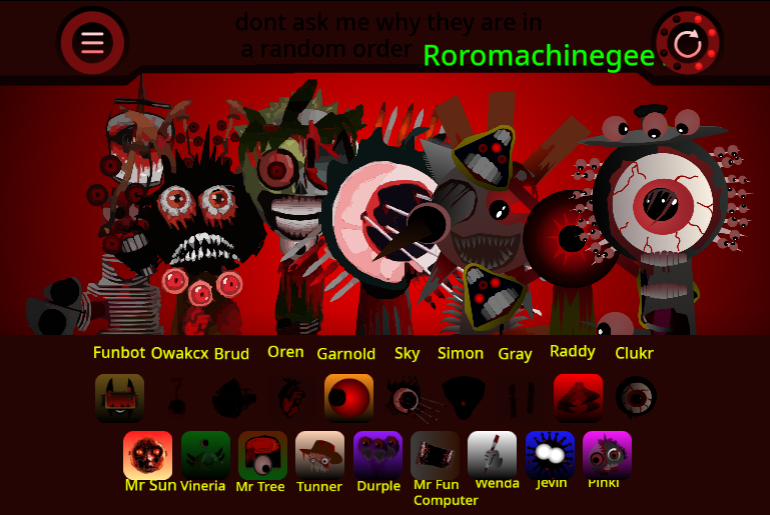
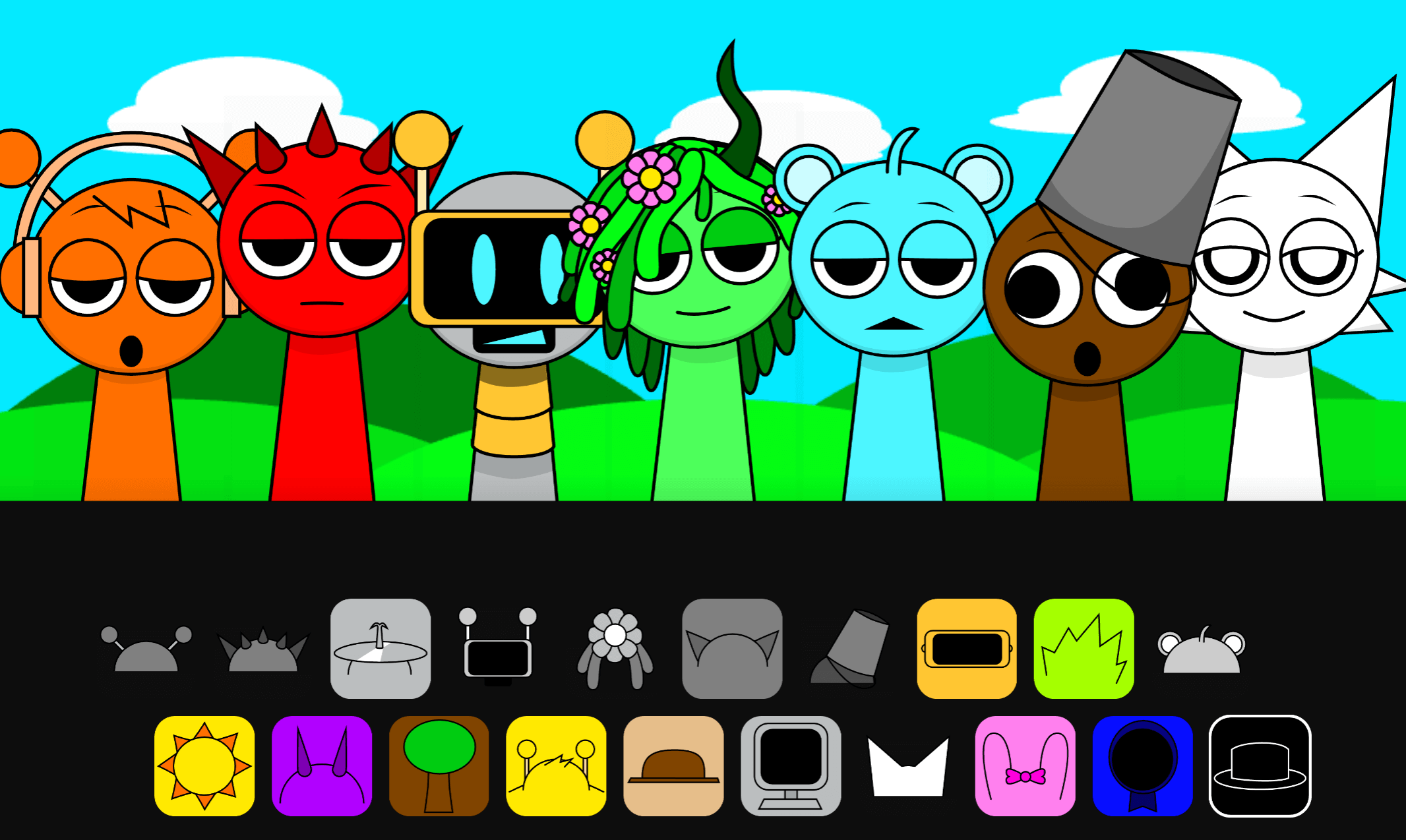
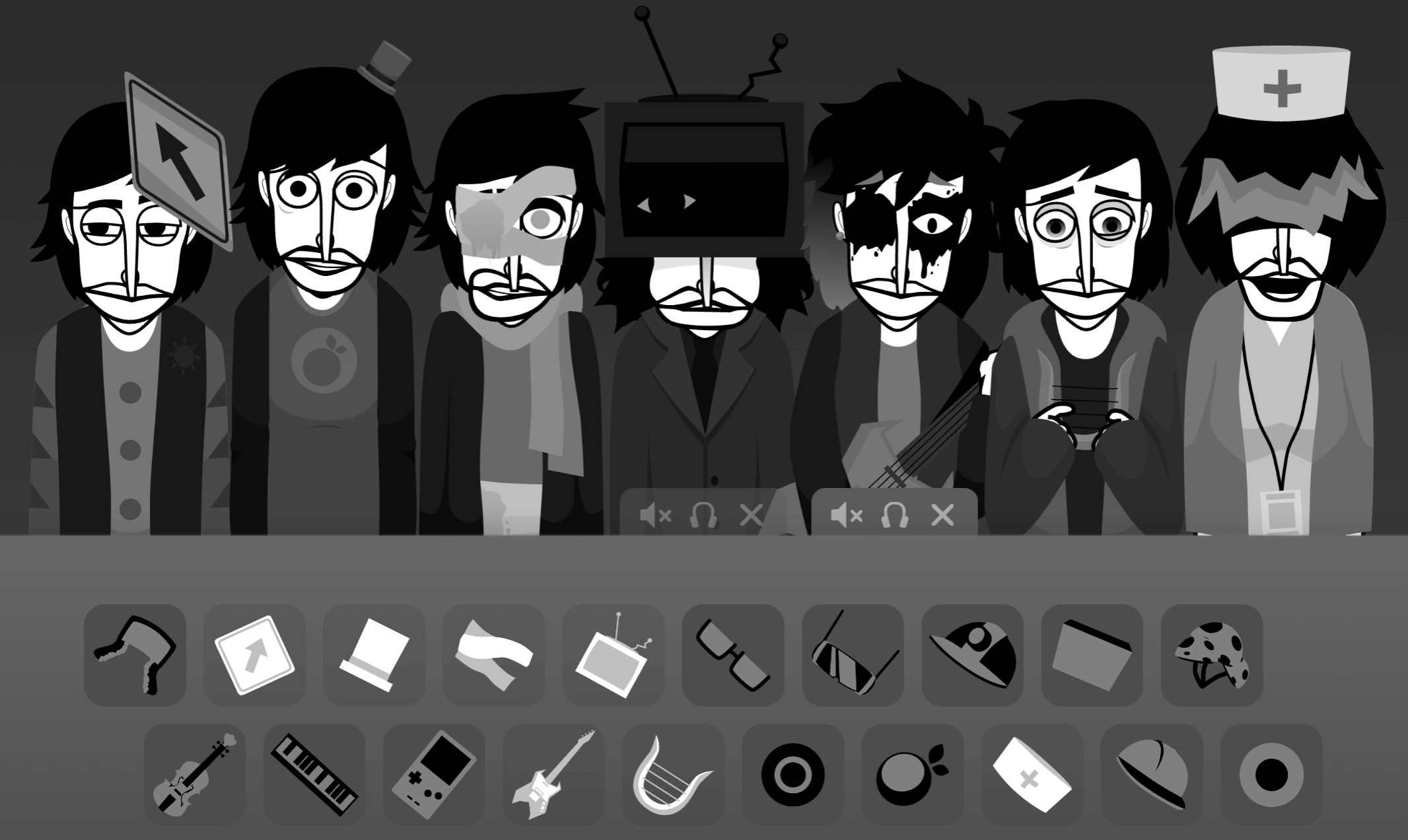
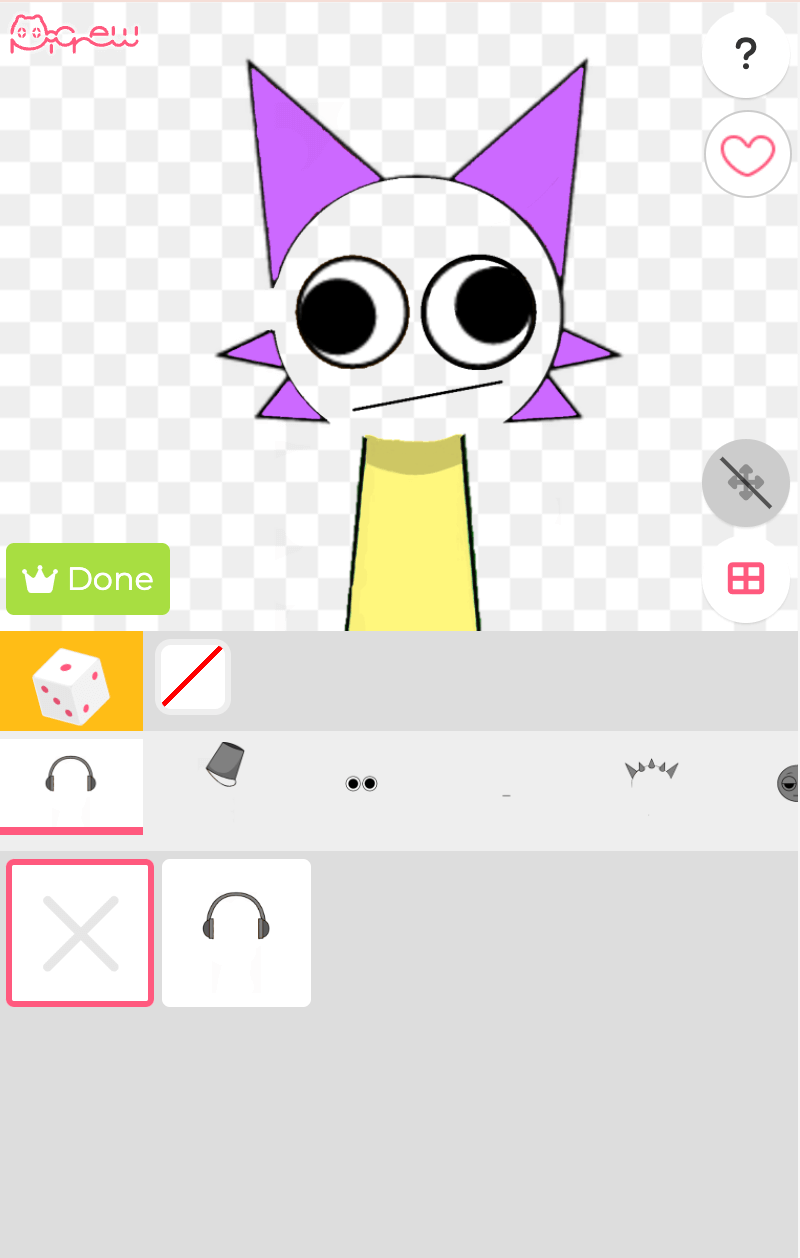
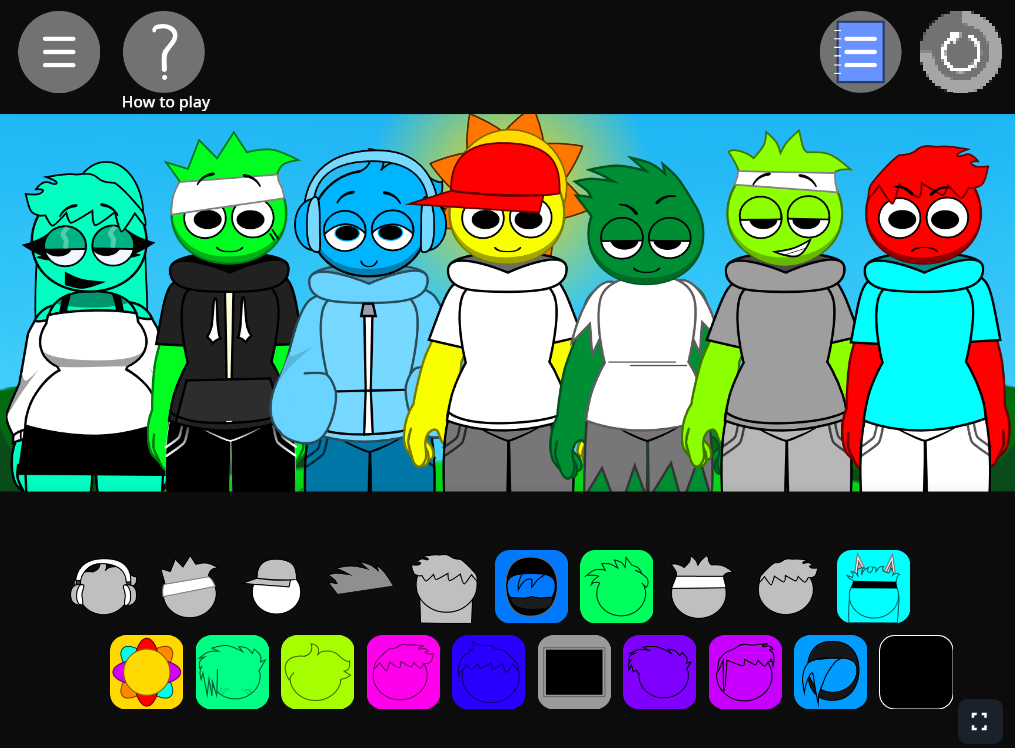
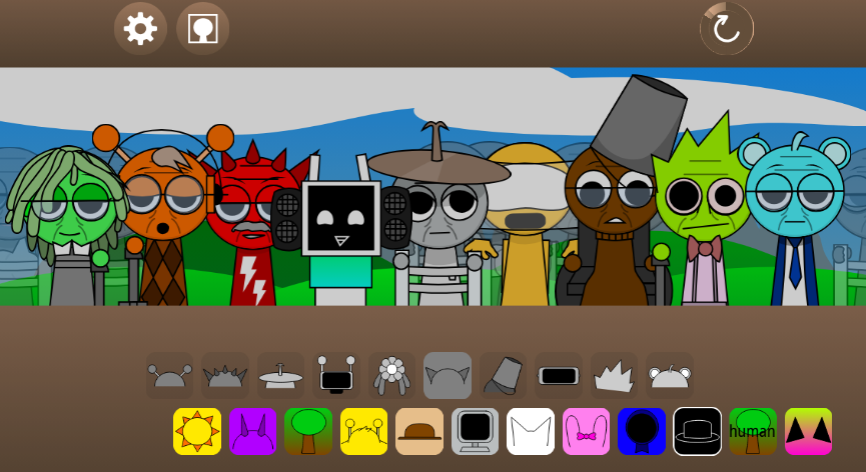
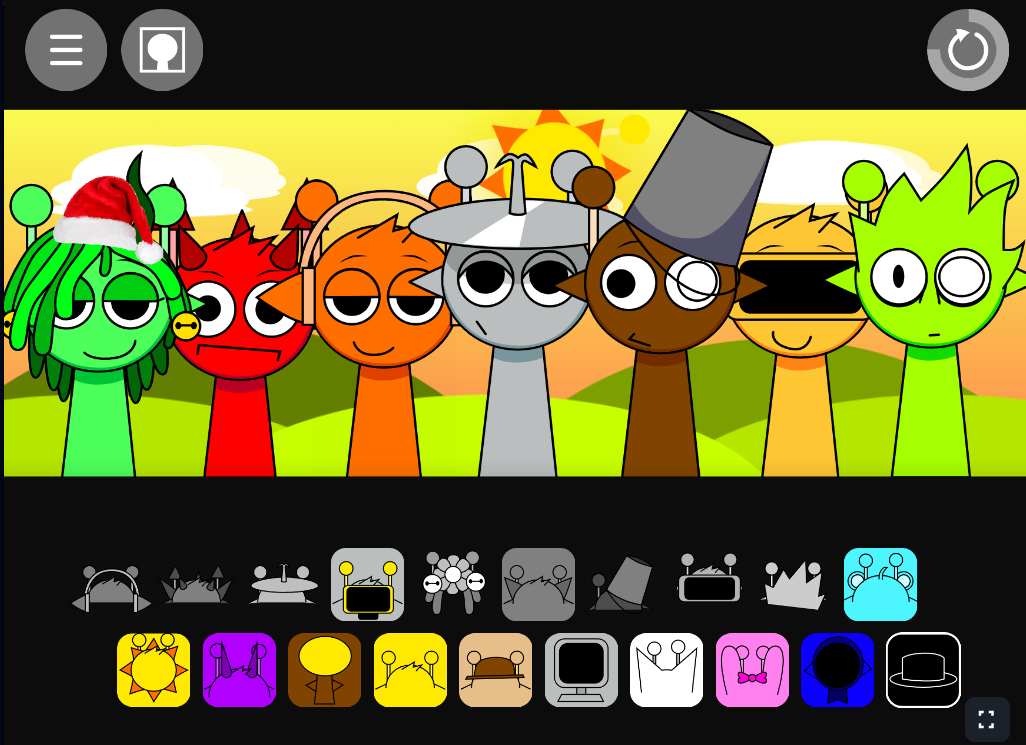
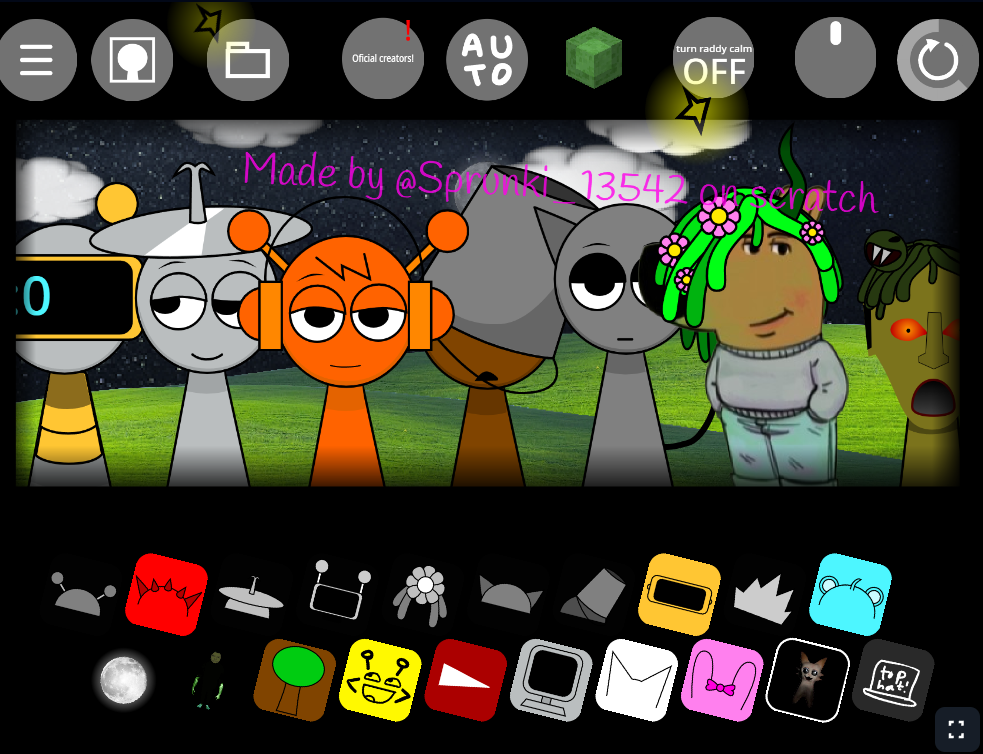
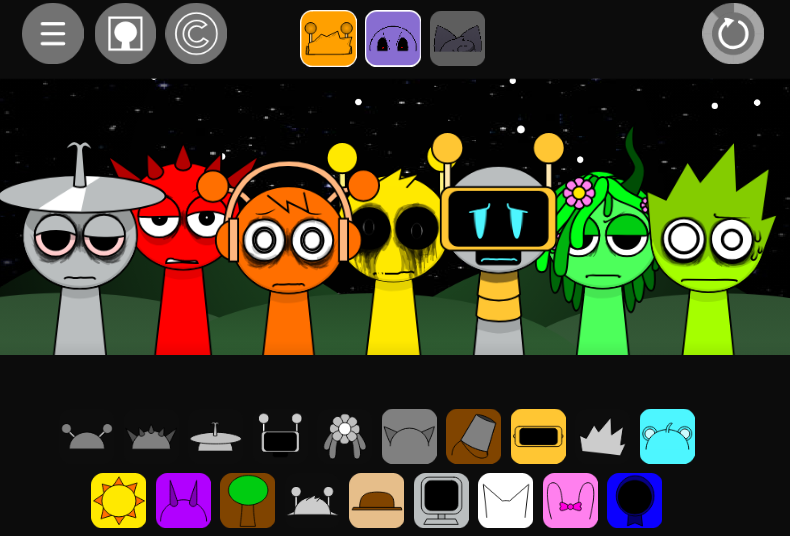
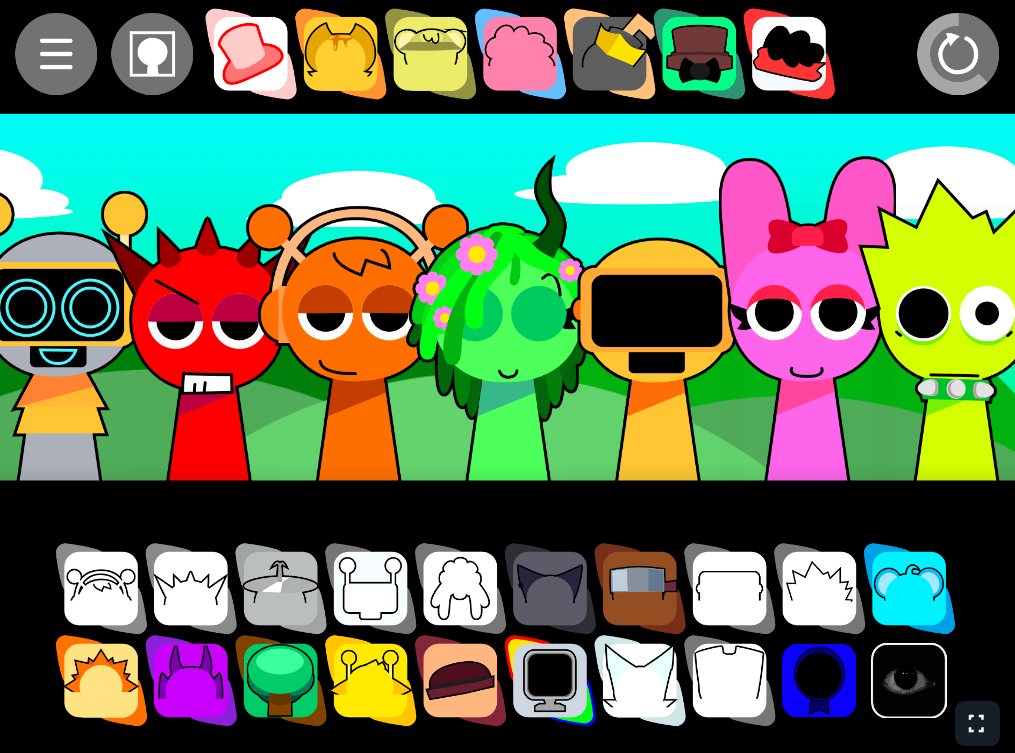
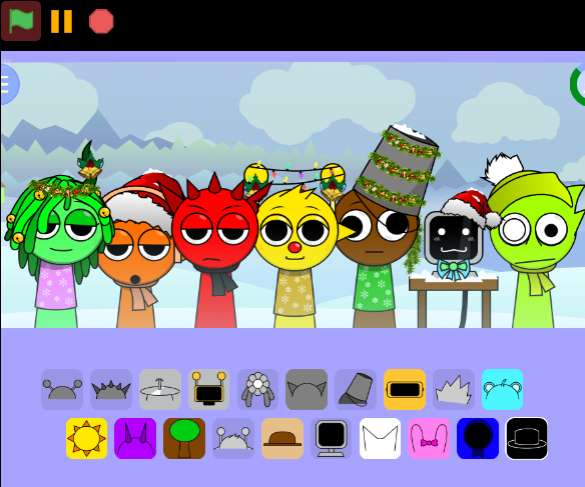
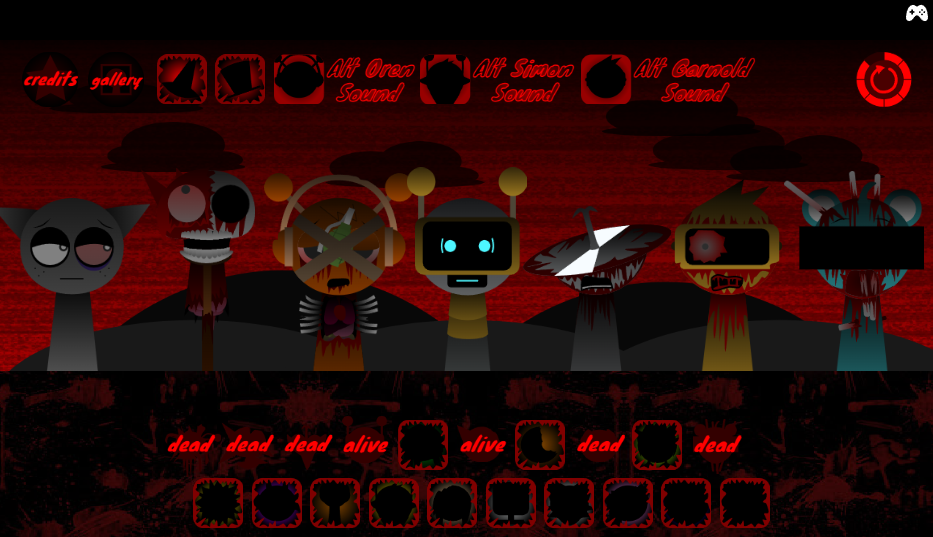
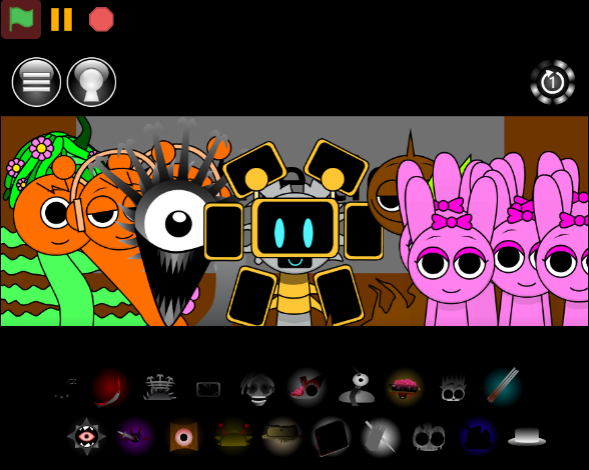
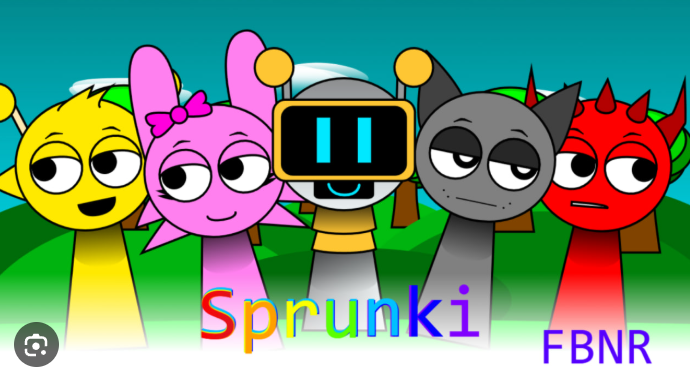
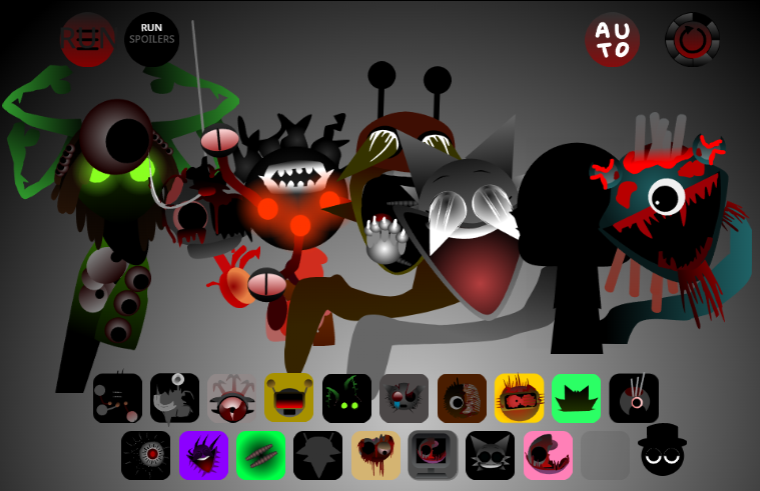
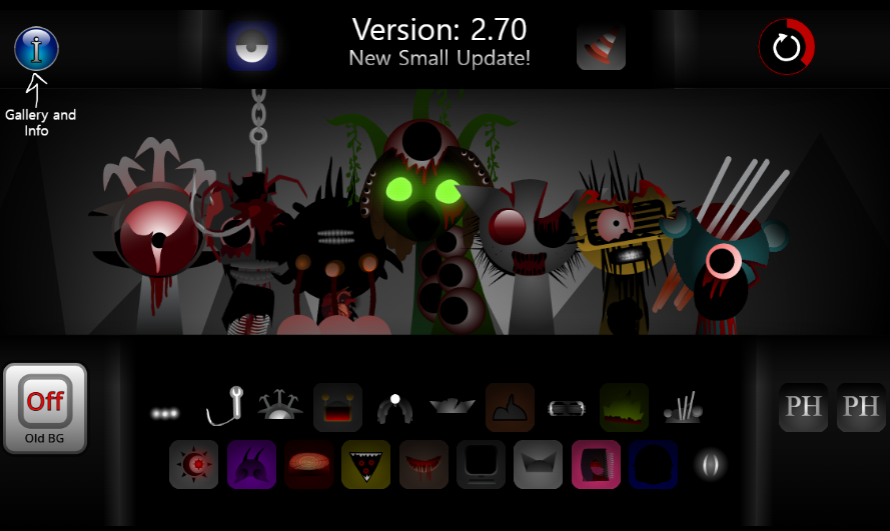
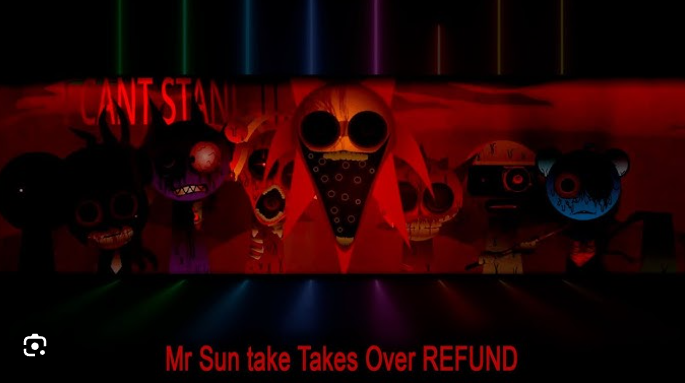
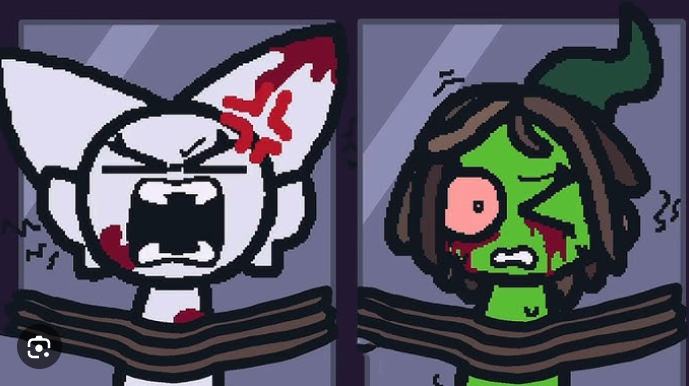
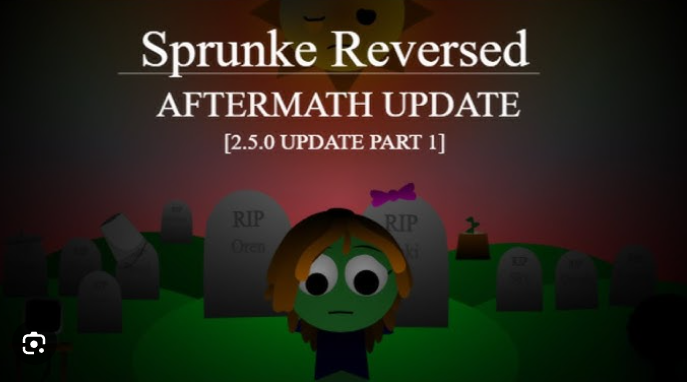
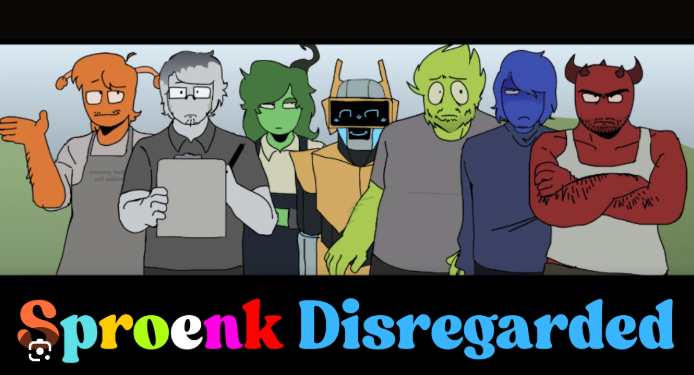
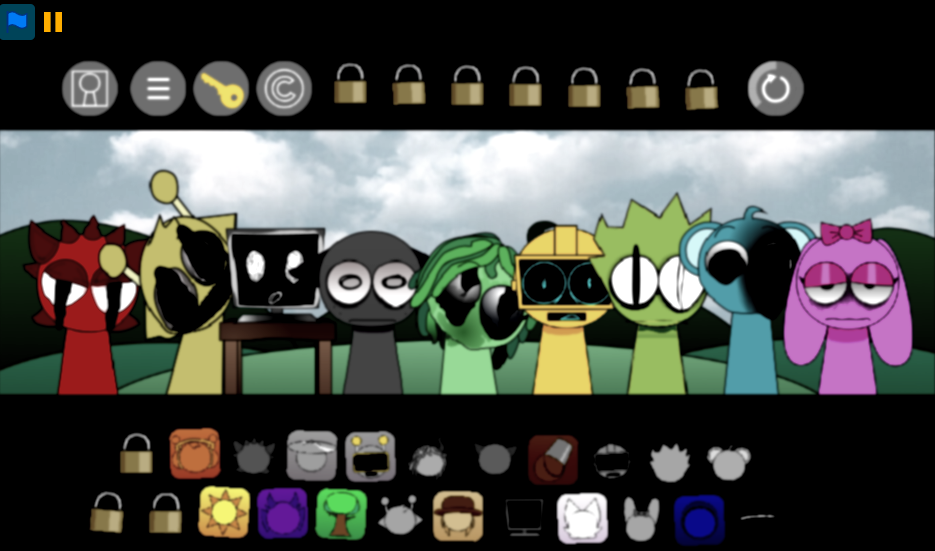
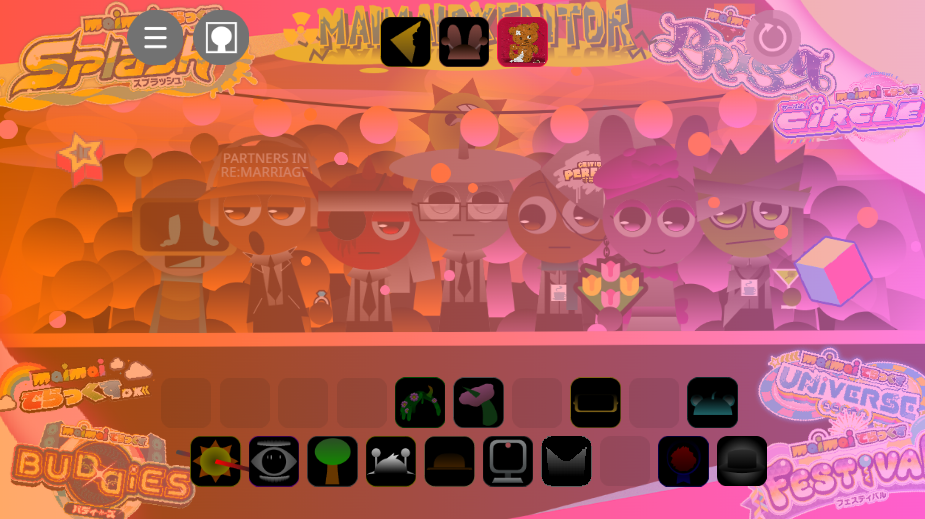

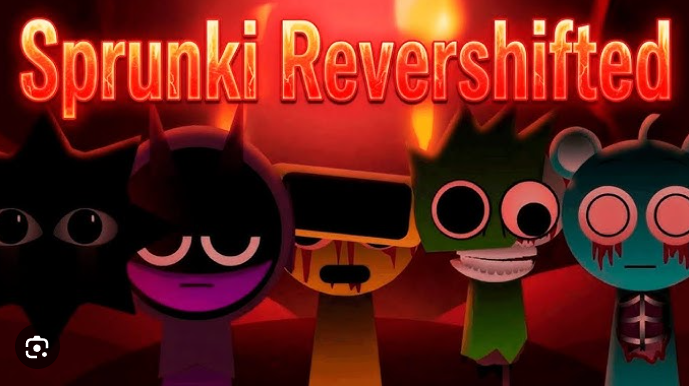
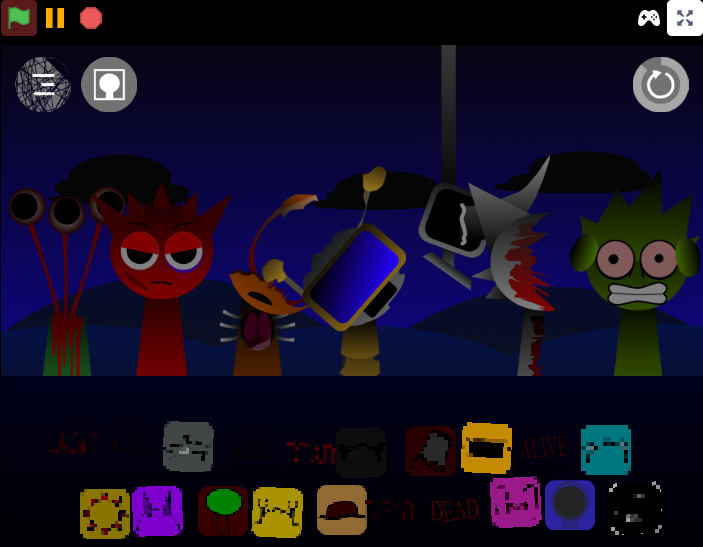
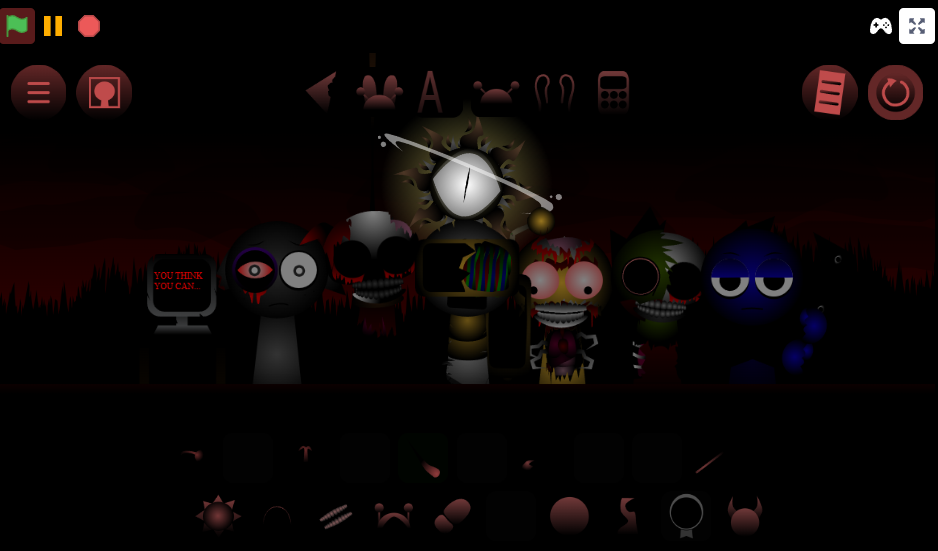
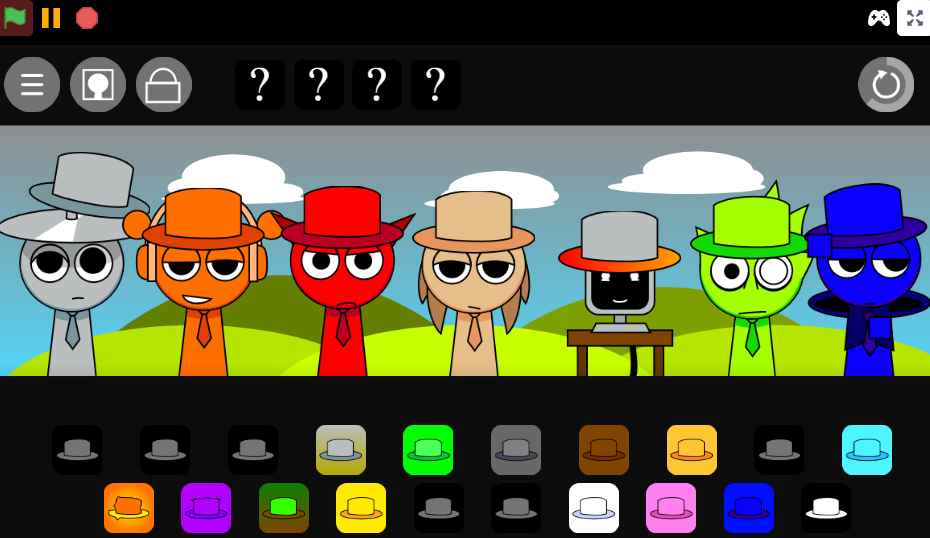
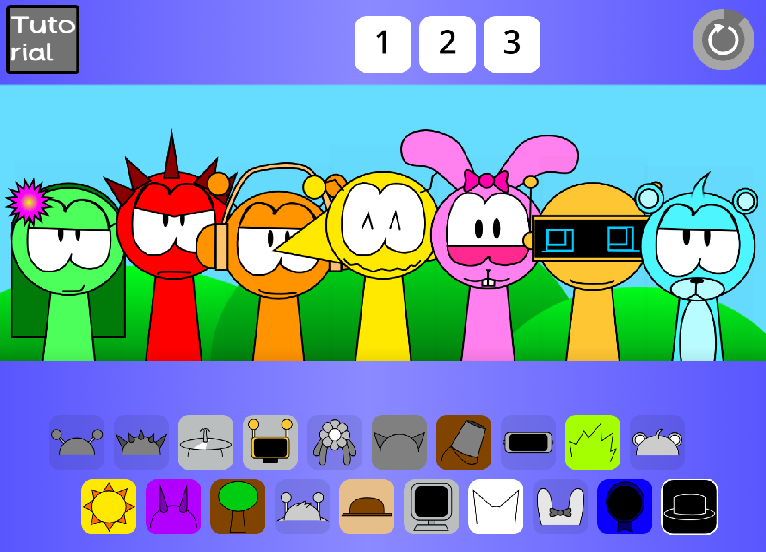
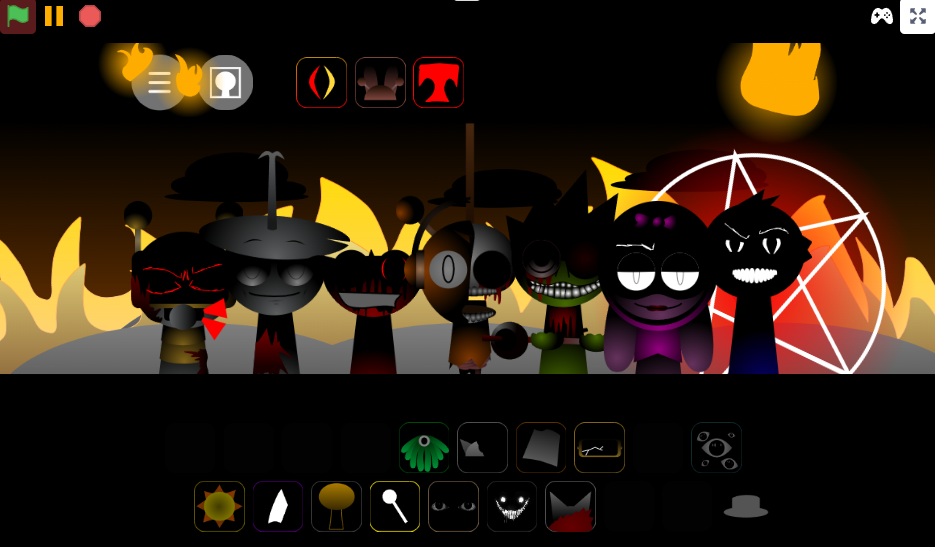
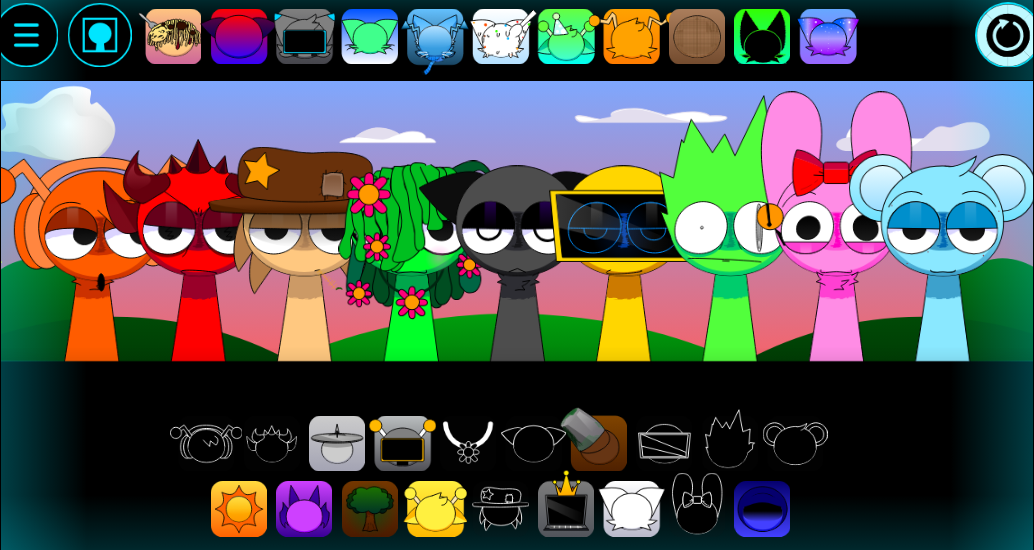
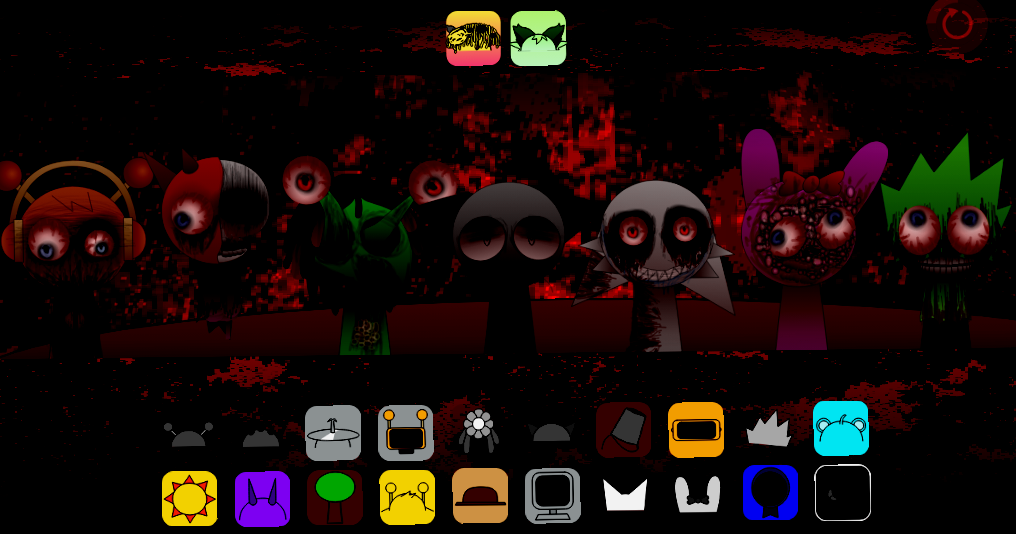
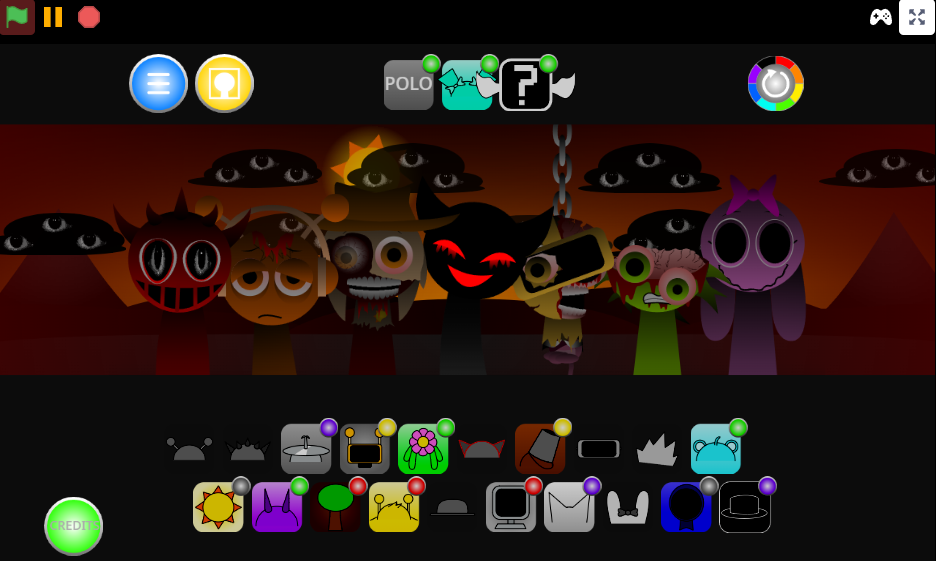
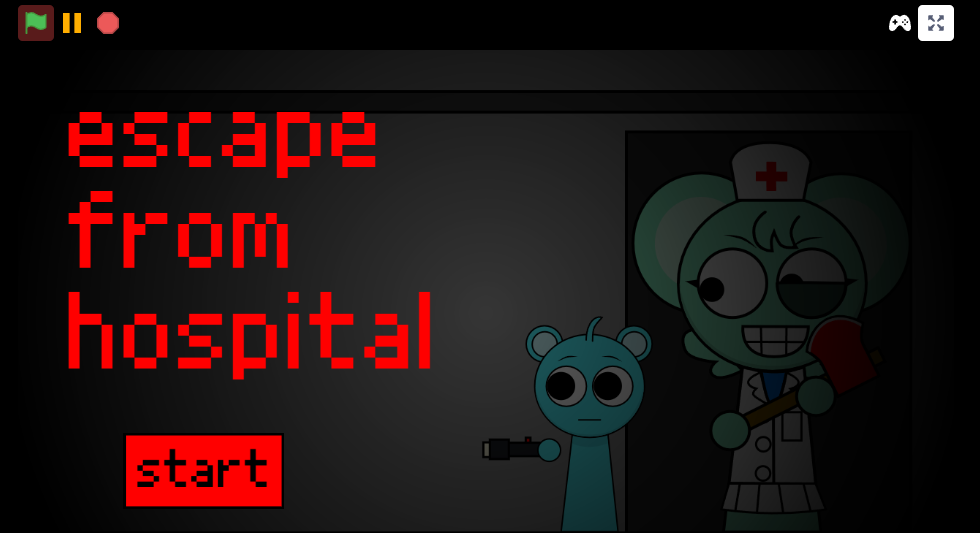
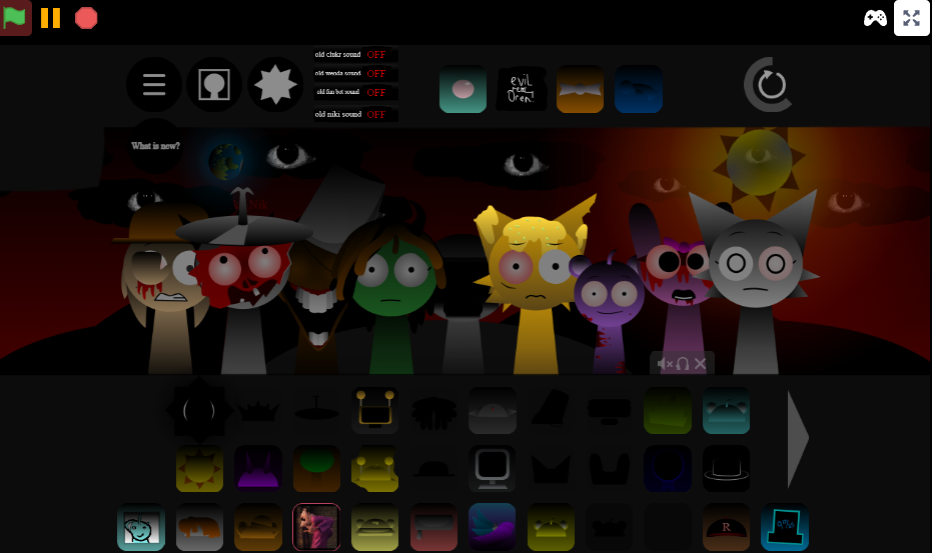
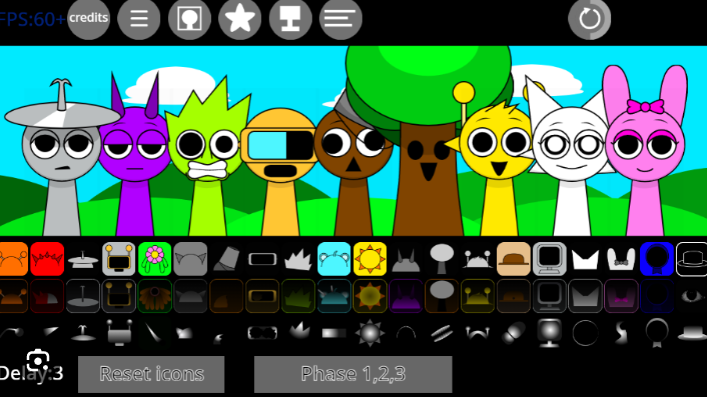
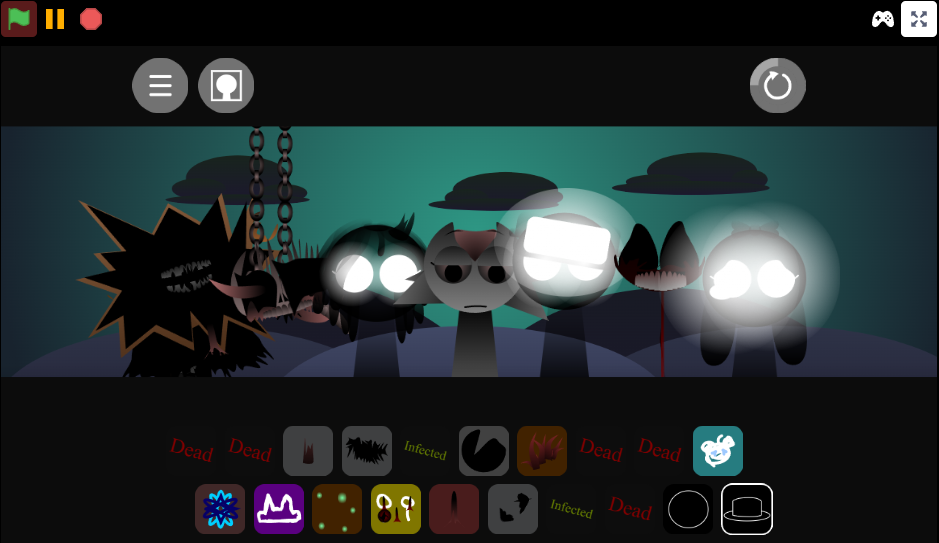
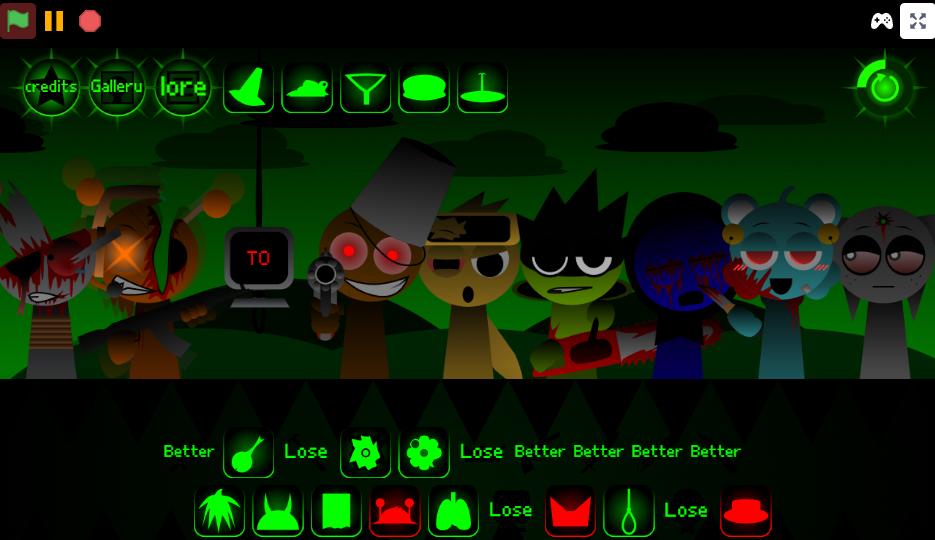
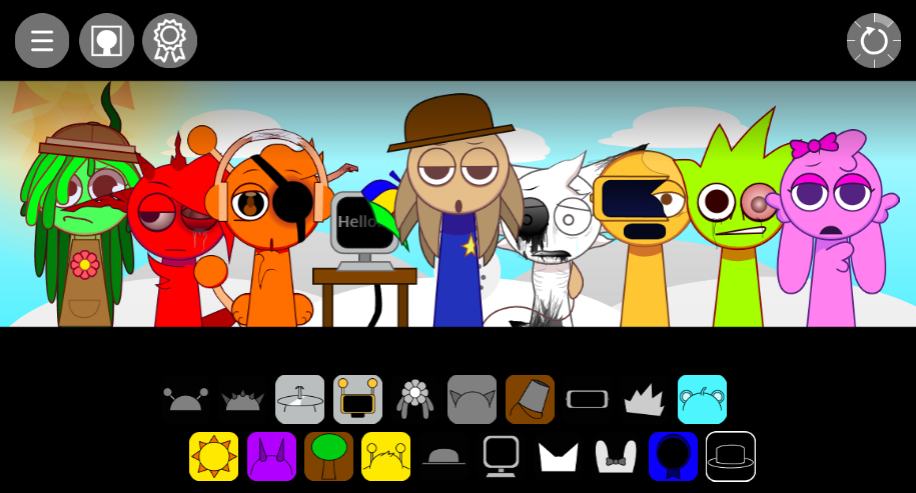
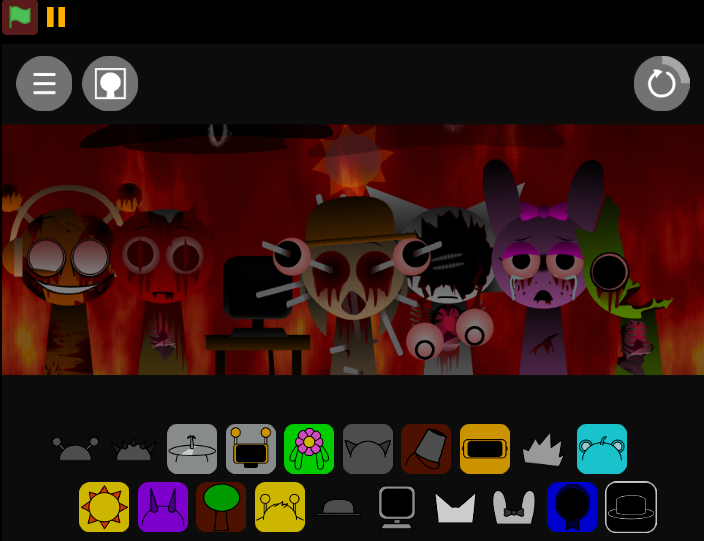
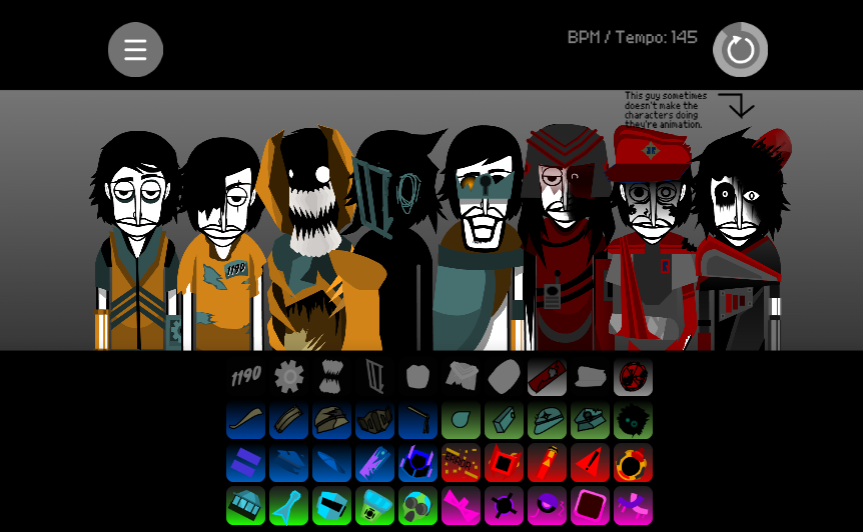
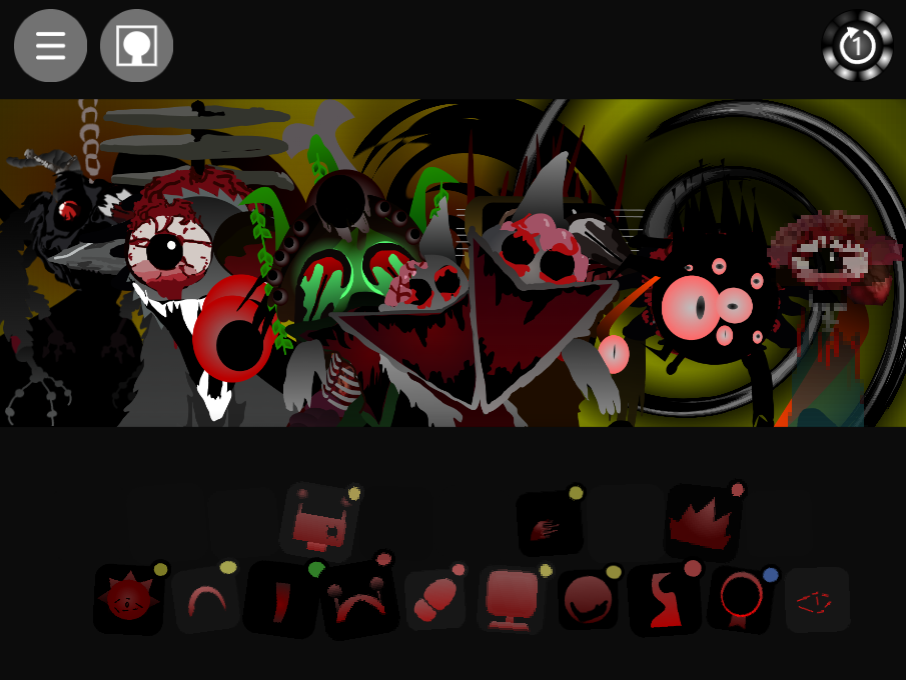
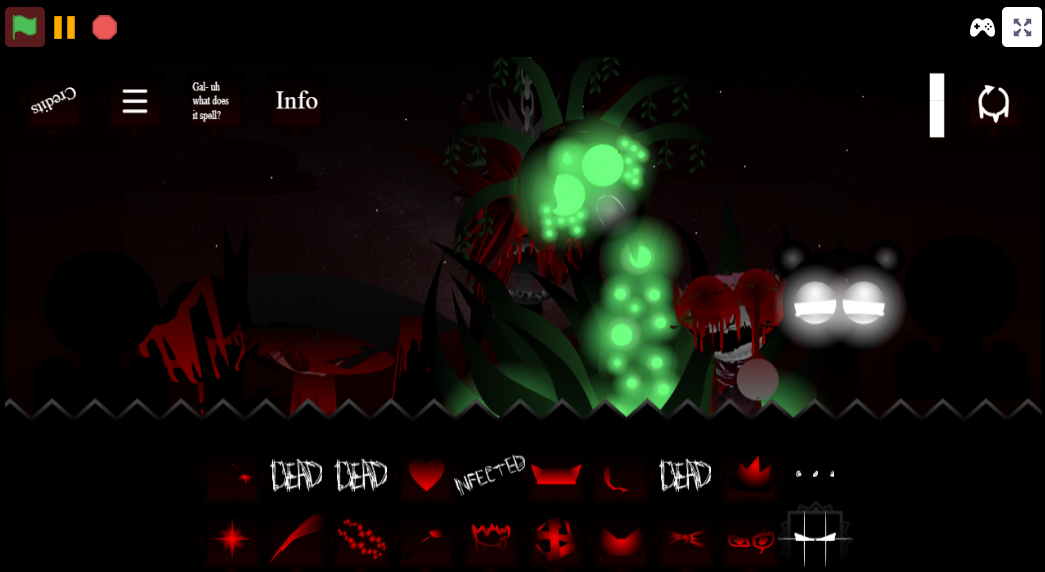
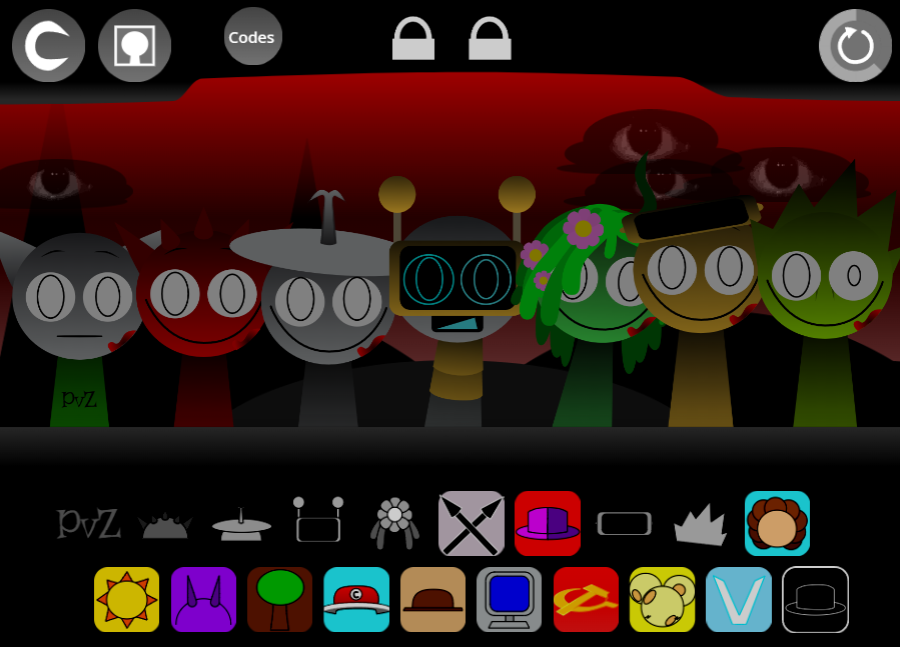
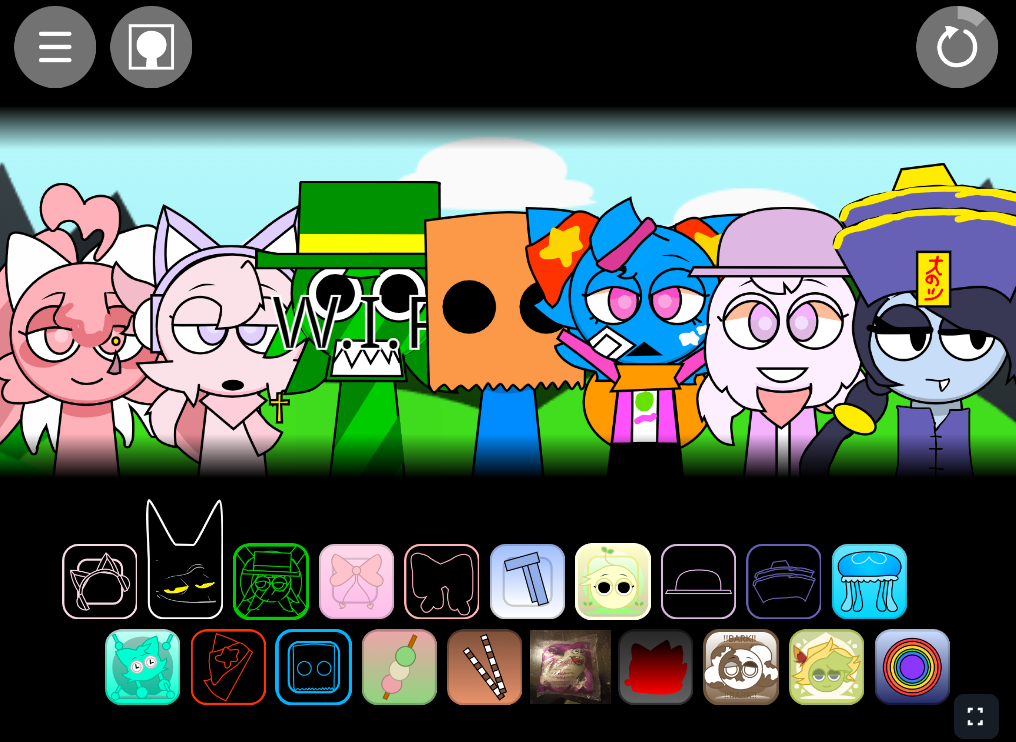
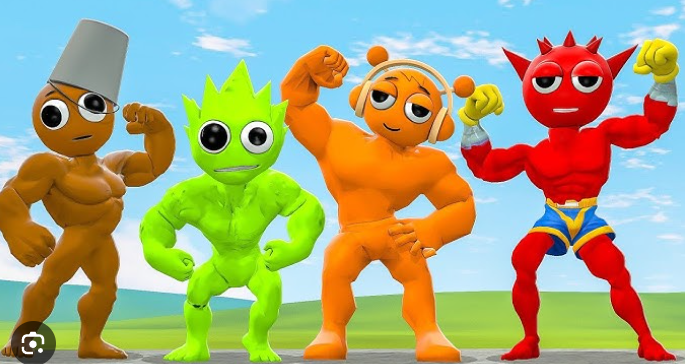
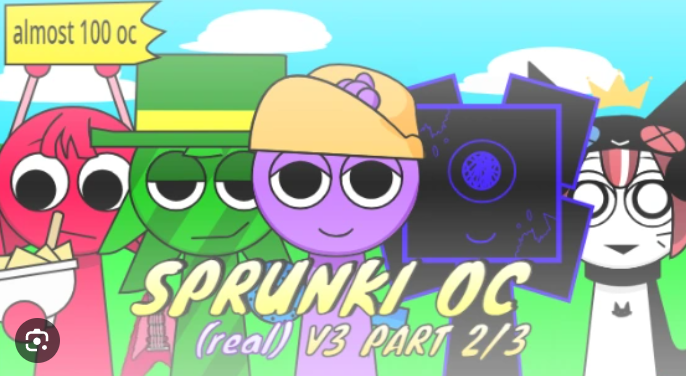
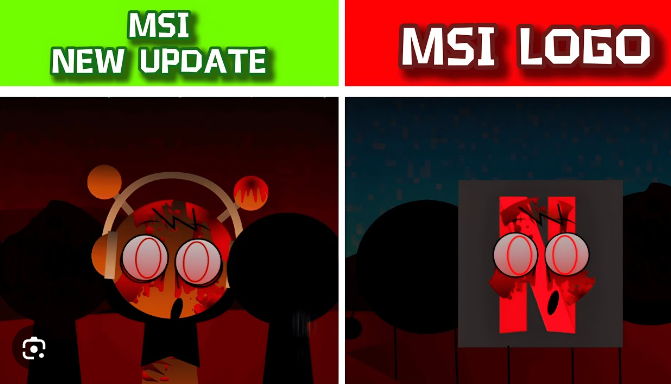
Discuss
Loading comments...
Failed to load comments. Please try refreshing the page.